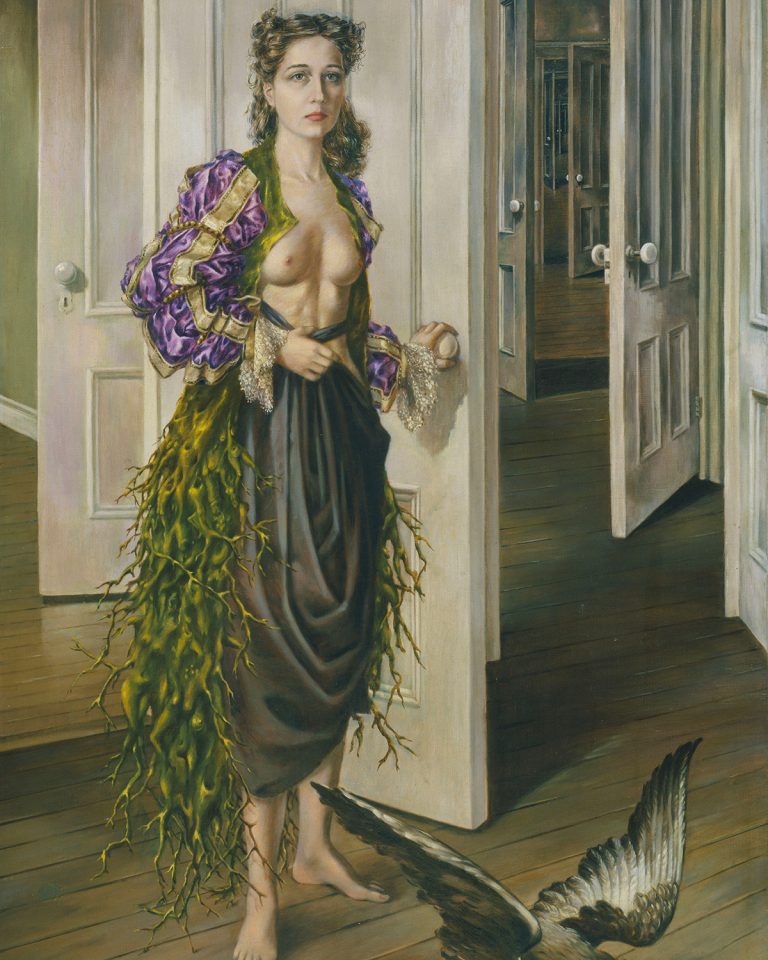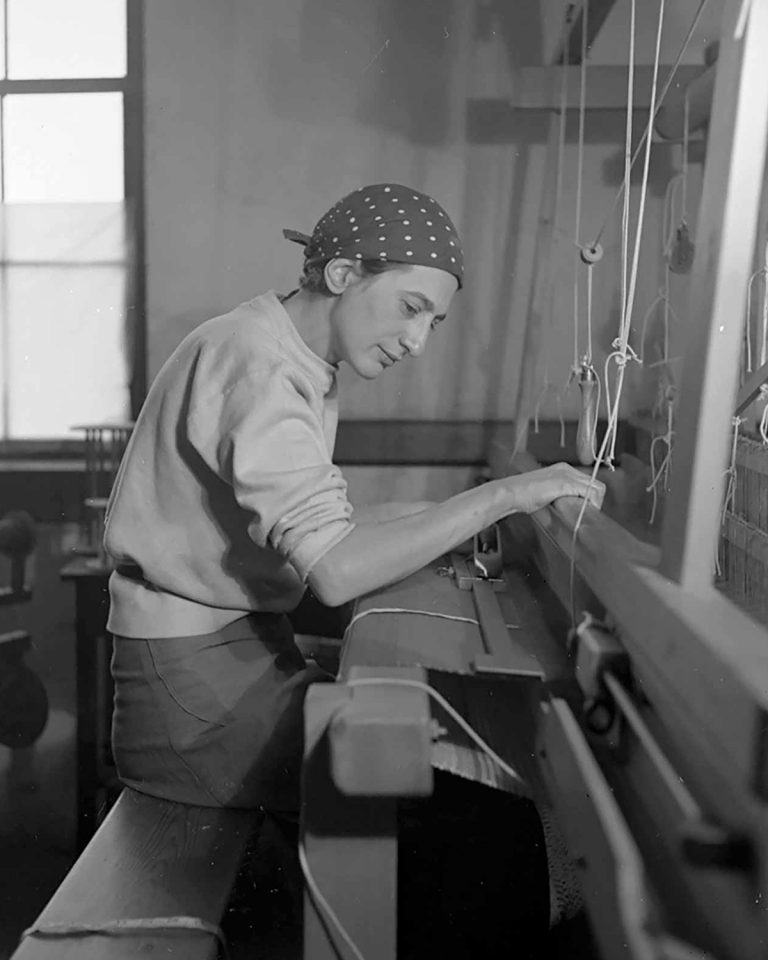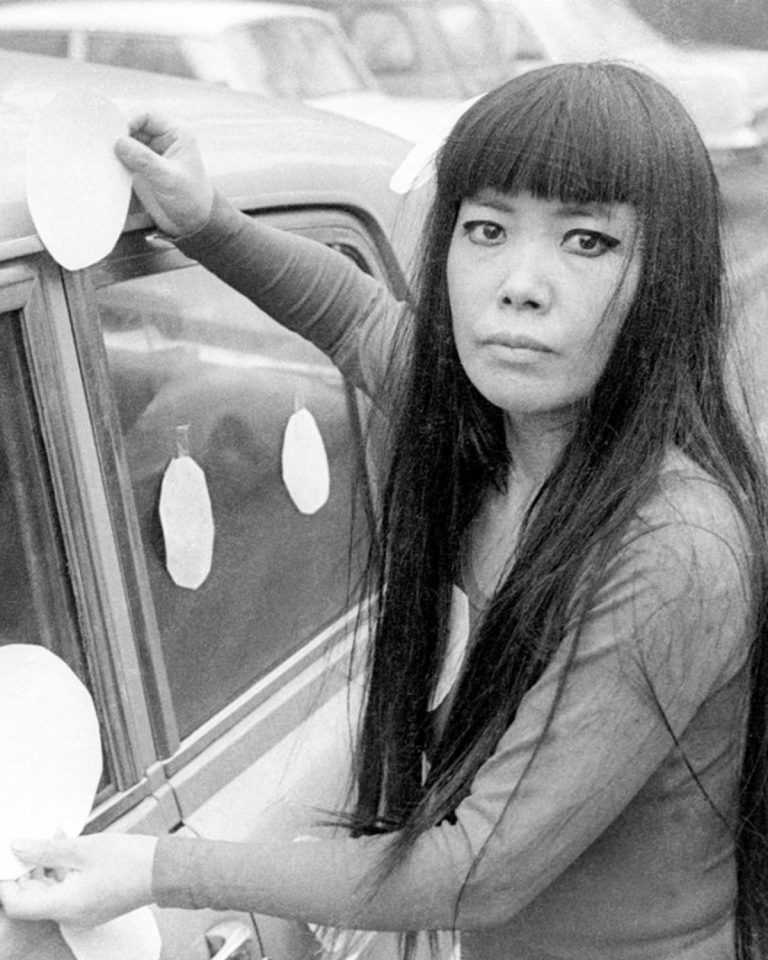Everything You Need To Know About Luchita Hurtado
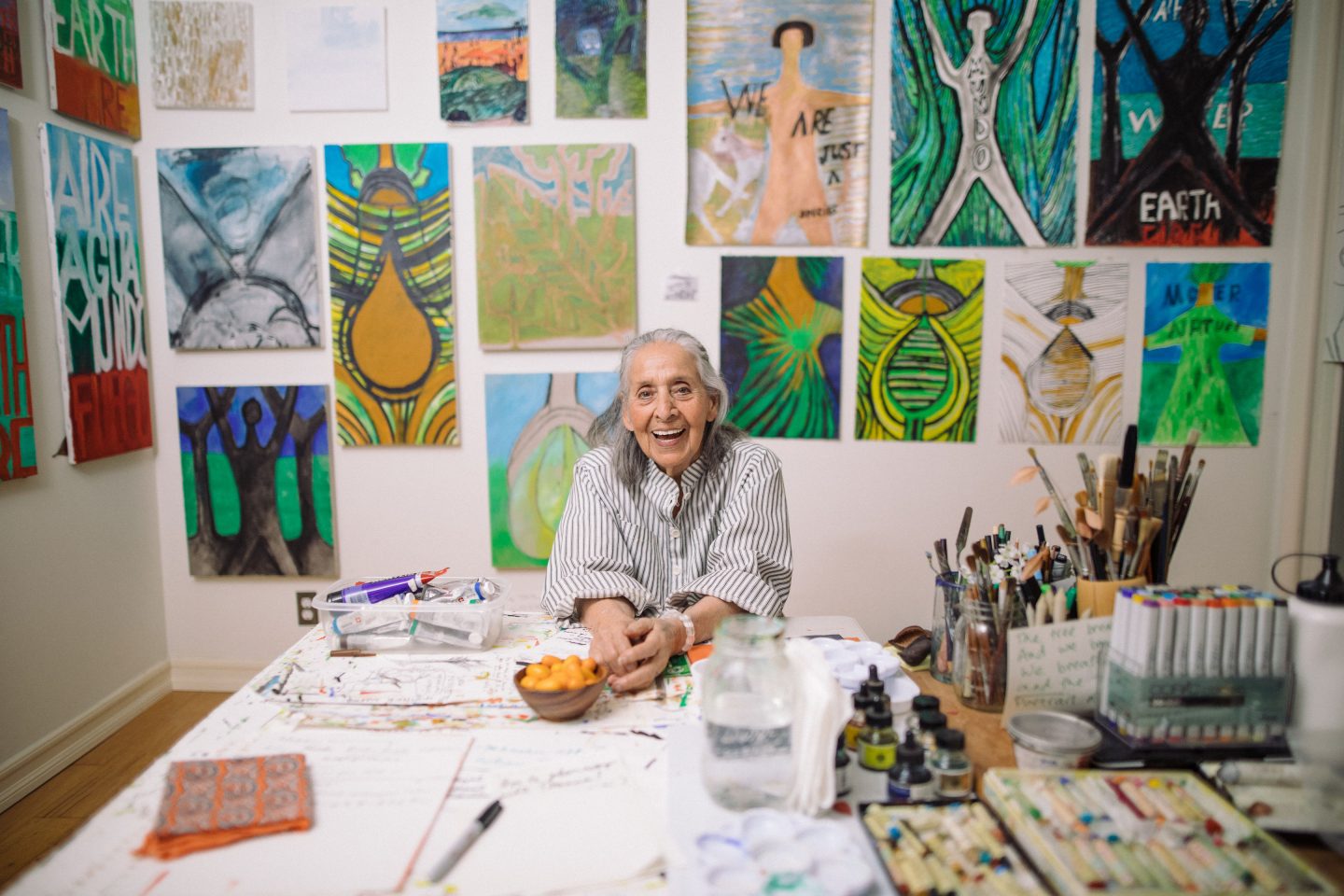
Luchita Hurtado, 2019, © Luchita Hurtado, Courtesy the artist and Hauser & Wirth, Photo: Oresti Tsonopoulos
Born in 1920s Venezuela, Luchita Hurtado, has been drawing and painting for most of her life. She has continued to do this mainly in private, rarely exhibiting until recent years, all while moving in the most elite cultural circles.
The Serpentine presents the first UK solo exhibition of works by Luchita Hurtado – “I Live I Die I Will Be Reborn” – tracing the trajectory of her expansive career and revealing the scale, experimentation and playfulness of her artistic practice. Here’s what you need to know about the artist and her work.
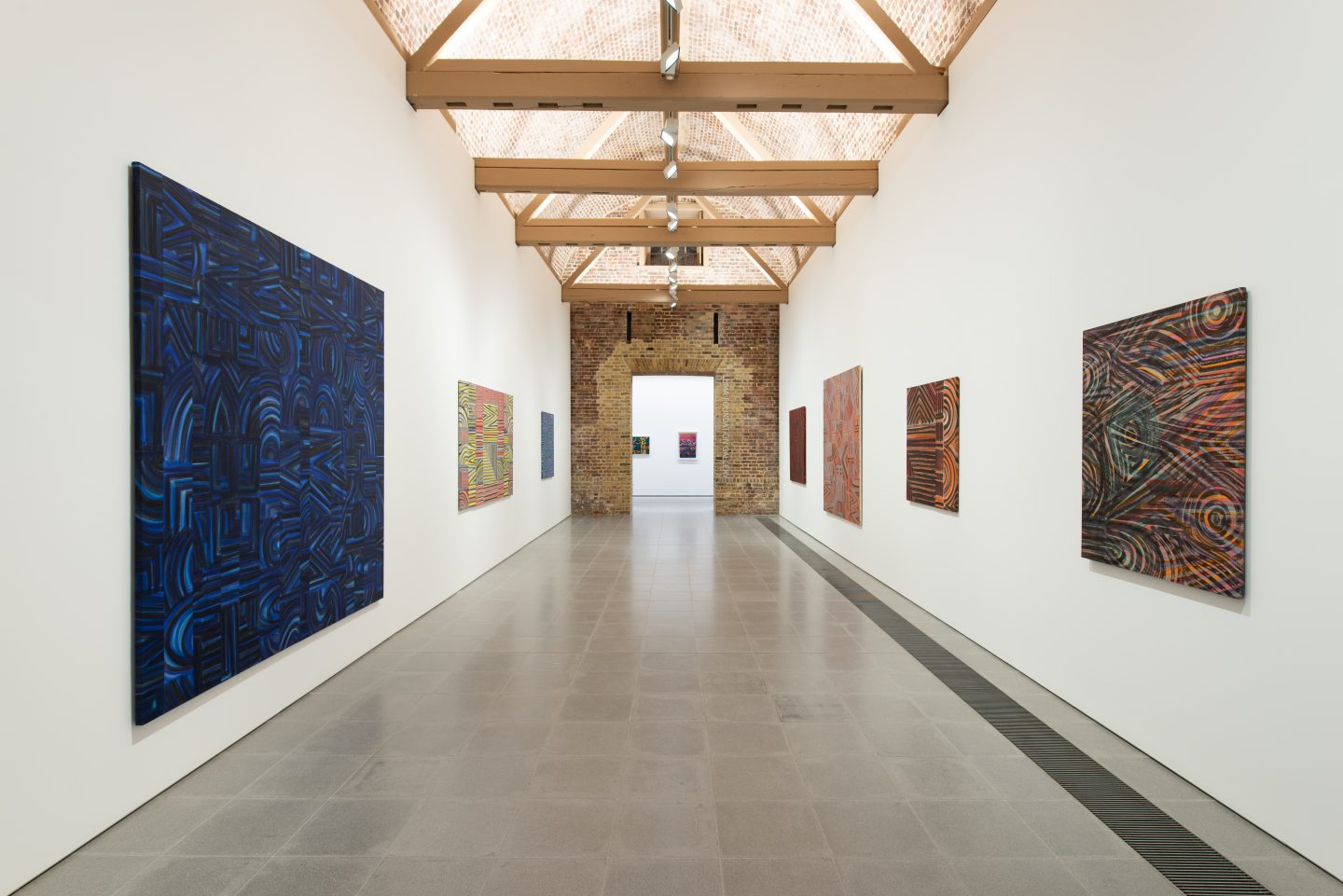
Luchita Hurtado: I Live I Die I will Be Reborn (Installation view, 23 May – 20 October 2019, Serpentine Galleries) © 2019 Luchita Hurtado Photo: Hugo Glendinning
She’s been painting and creating for eighty years
At the age of 98, Lucita is now receiving the recognition she has long deserved and was recently featured in Time Magazine’s list of the 100 most influential people of 2019.
Throughout her eighty-year career, Hurtado has created an extensive body of paintings that bear witness to an intense engagement with the world around her – from her earliest surviving works from the late 1930s and experiments with abstraction in the 1940s and 50s, to later creations that foreground the body. All of these works speak to the geographies and events that have shaped her life along the way.

Luchita Hurtado: I Live I Die I will Be Reborn (Installation view, 23 May – 20 October 2019, Serpentine Galleries) © 2019 Luchita Hurtado Photo: Hugo Glendinning
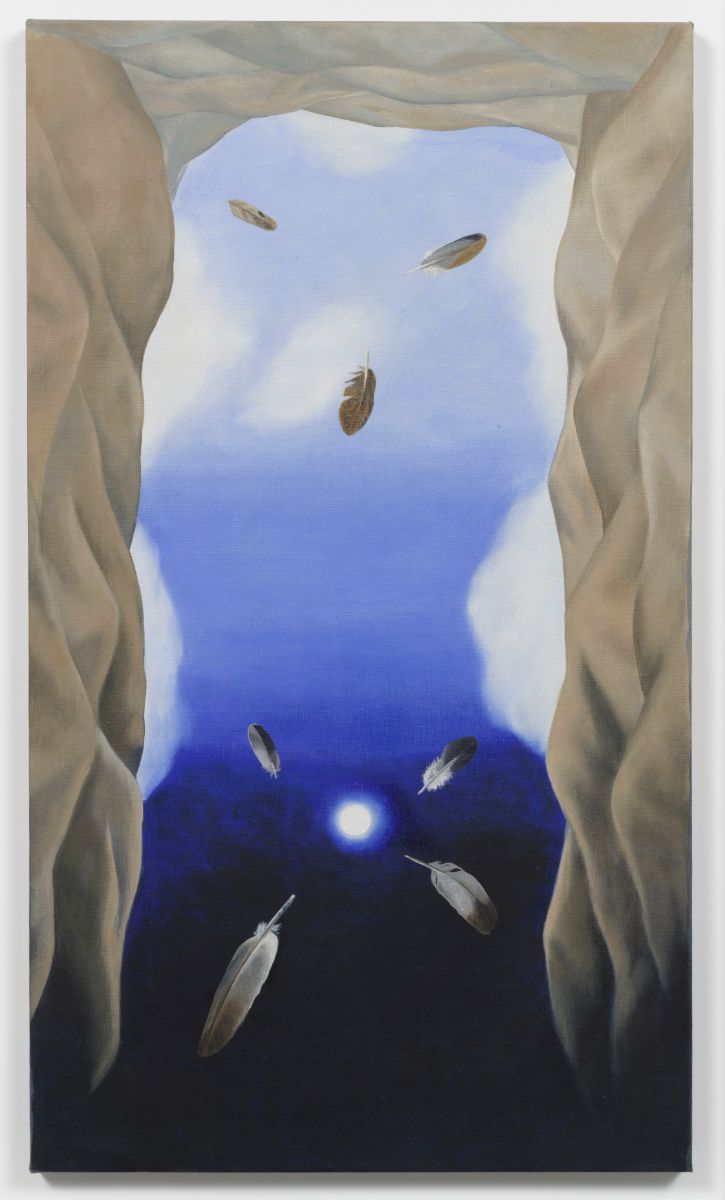
Luchita Hurtado, The Umbilical Cord of the Earth is the Moon, 1977, Oil on canvas, Unique, 101.6 x 58.4 cm, © Luchita Hurtado, Courtesy the artist and Hauser & Wirth, Photo: Jeff McLane
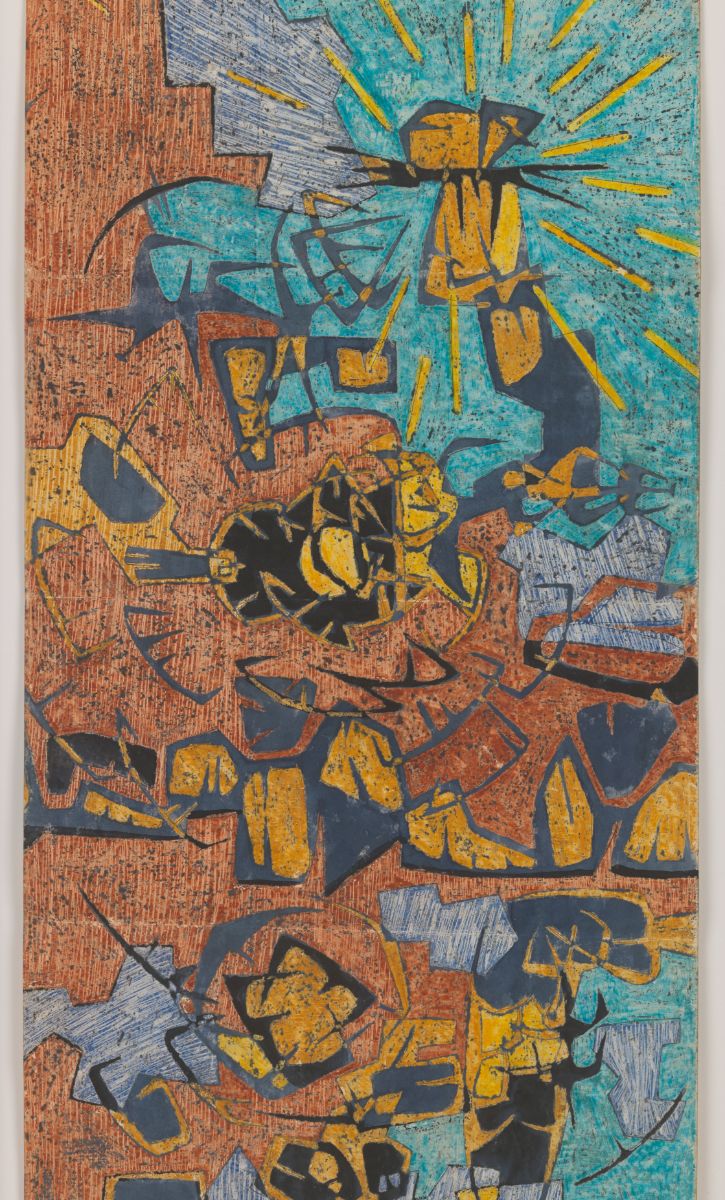
Luchita Hurtado, Untitled, 1949, Crayon and ink on paper, Unique, 73 x 35 cm, © Luchita Hurtado, Private Collection, Photo: Genevieve Hanson
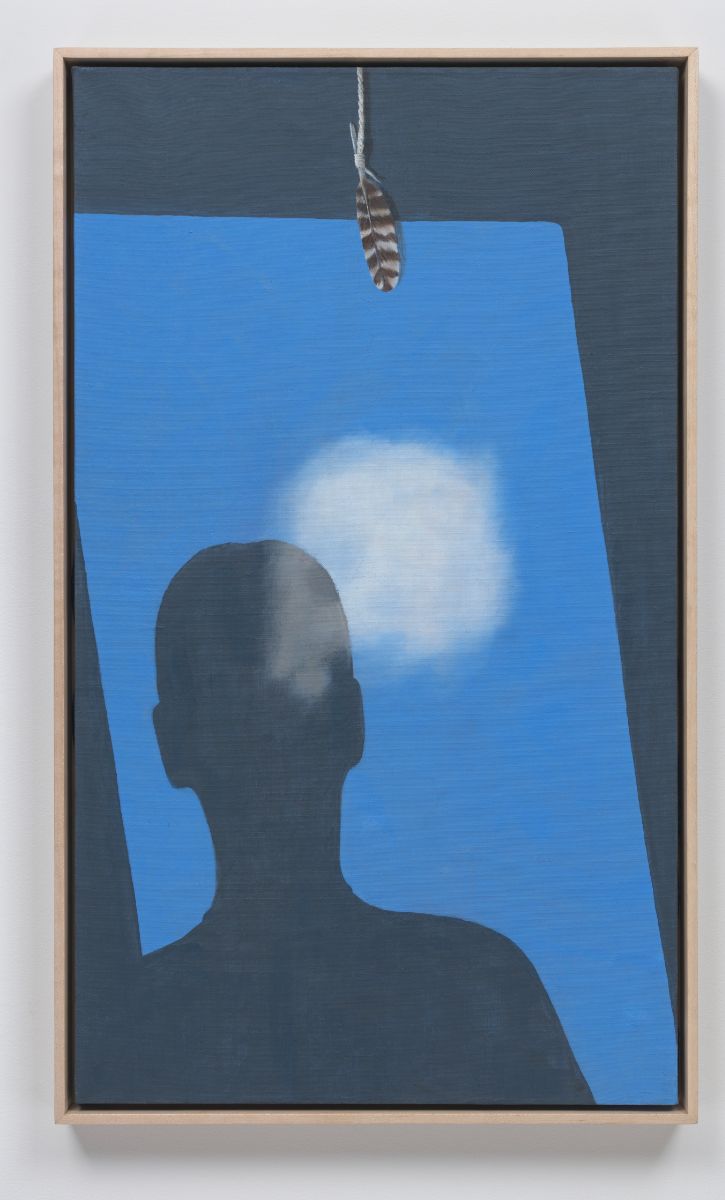
Luchita Hurtado, Untitled, 1972, Oil on canvas, Unique, 83.5 x 48.9 cm, © Luchita Hurtado, Courtesy the artist and Hauser & Wirth, Photo: Genevieve Hanson
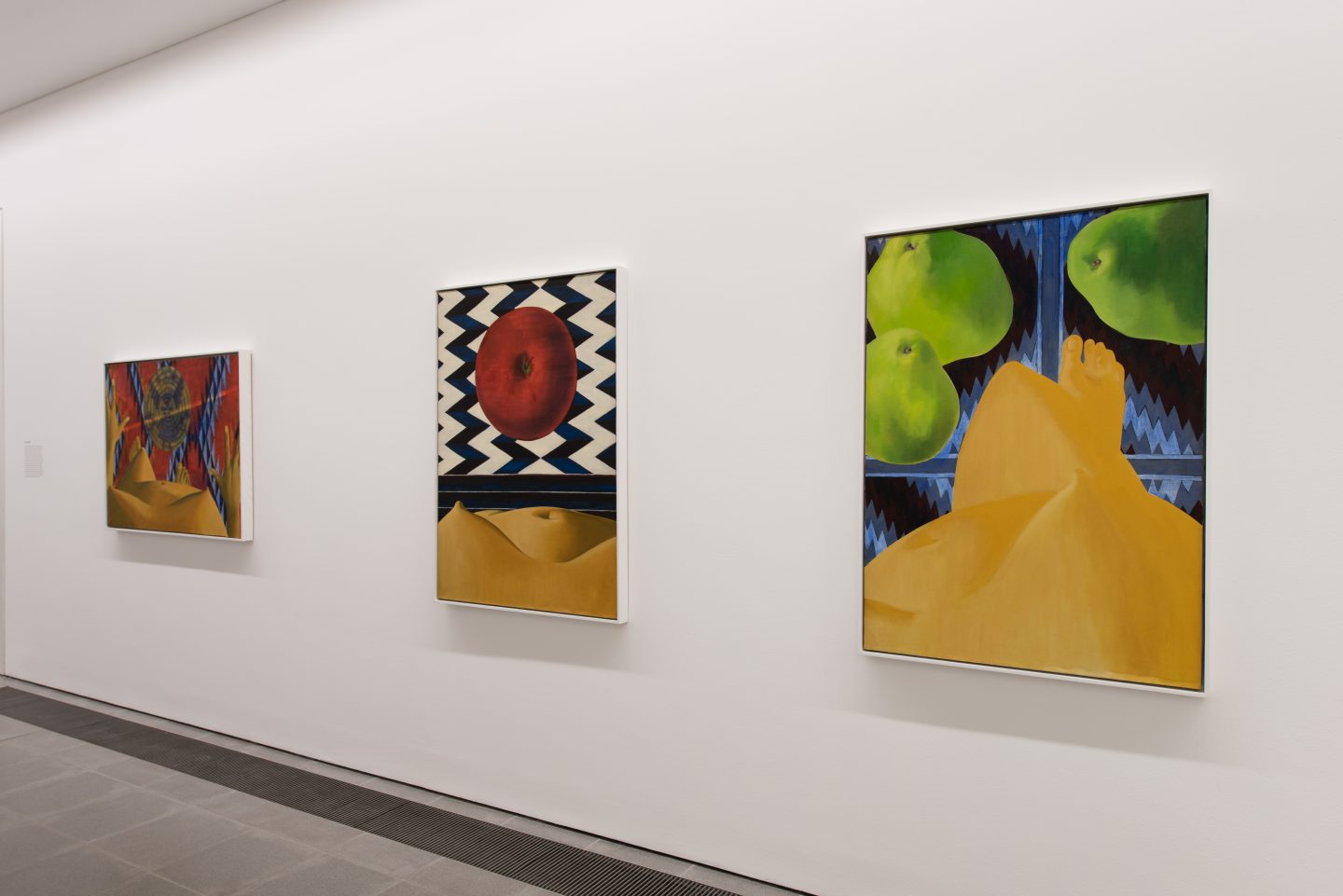
Luchita Hurtado: I Live I Die I will Be Reborn (Installation view, 23 May – 20 October 2019, Serpentine Galleries) © 2019 Luchita Hurtado Photo: Hugo Glendinning
She was friends with Frida Kahlo and has been married to artists Wolfgang Paleen and Lee Mullican
The chapters of her life are filled with incredible, colourful stories of time spent with names as varied as Isamu Noguchi, Rufino Tamayo, Frida Kahlo, Marcel Duchamp and Willem de Kooning, to name just a few. Even more personally, her marriages to the artists Wolfgang Paalen and Lee Mullican placed her at the centre of the Surrealist scene in Mexico City and the progressive Dynaton movement in California.
(On Wolfgang Paleen) “This man spoke six languages. He was brilliant... And we married in a week. It was immediate love, and he was my teacher also.” - Luchita Hurtado
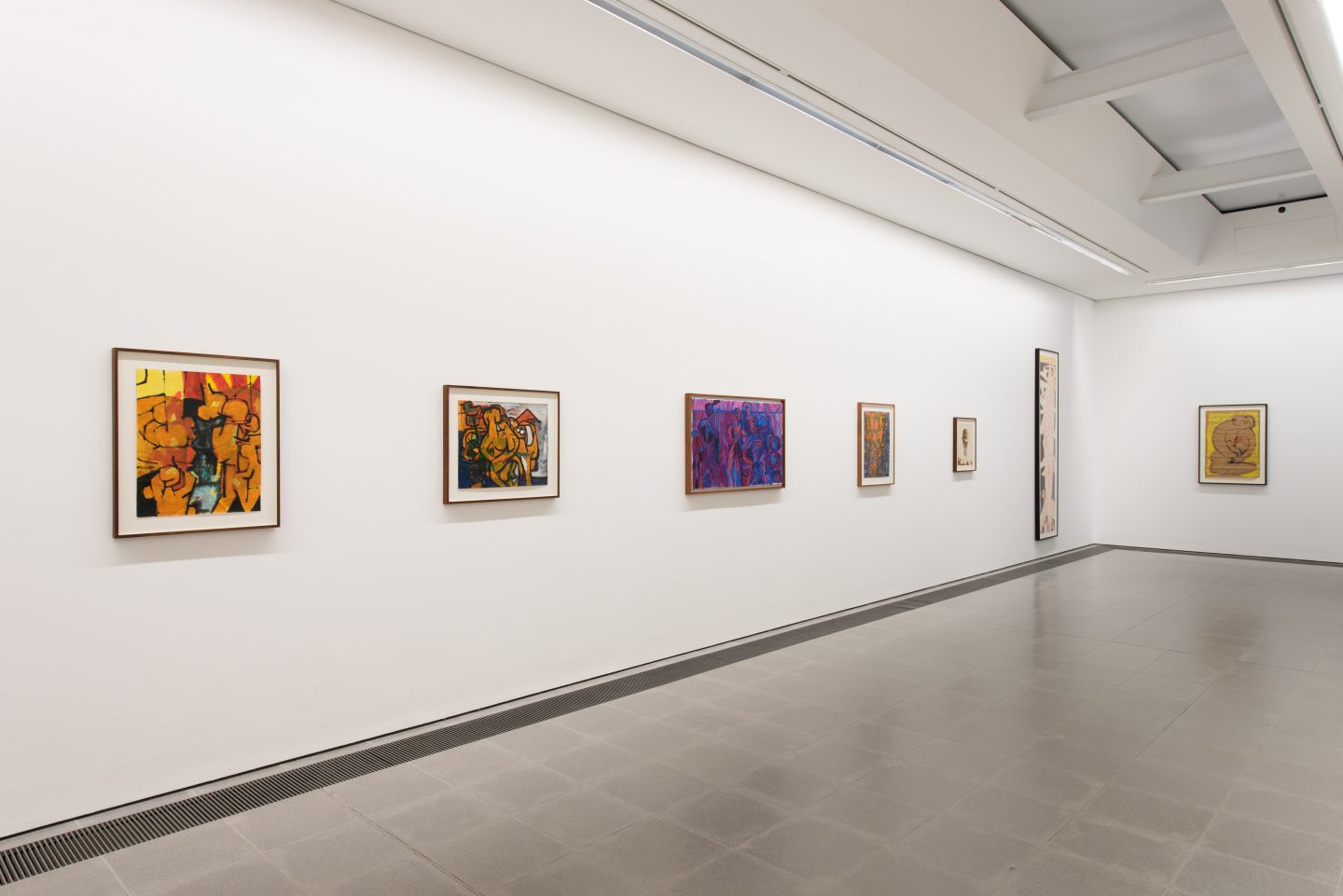
Luchita Hurtado: I Live I Die I will Be Reborn (Installation view, 23 May – 20 October 2019, Serpentine Galleries) © 2019 Luchita Hurtado Photo: Hugo Glendinning
She has many talents
As well as an artist, Hurtado is a poet, an ecologist, a feminist and an activist. She also made contributions to photography and to fashion, designing her own clothes for many decades. She moved from Venezuela to the United States in 1928, first freelancing as a fashion illustrator for Condé Nast in New York, before relocating to Mexico City, where she joined a group of renowned artists and writers who had emigrated from Europe in the wake of the Spanish Civil War.

Luchita Hurtado: I Live I Die I will Be Reborn (Installation view, 23 May – 20 October 2019, Serpentine Galleries) © 2019 Luchita Hurtado Photo: Hugo Glendinning
"I make clothes, I cook meals, I’ve raised children. I write poetry and I keep a journal of my dreams as well as my days, but most importantly, I paint and consider myself a painter.” - Luchita Hurtado
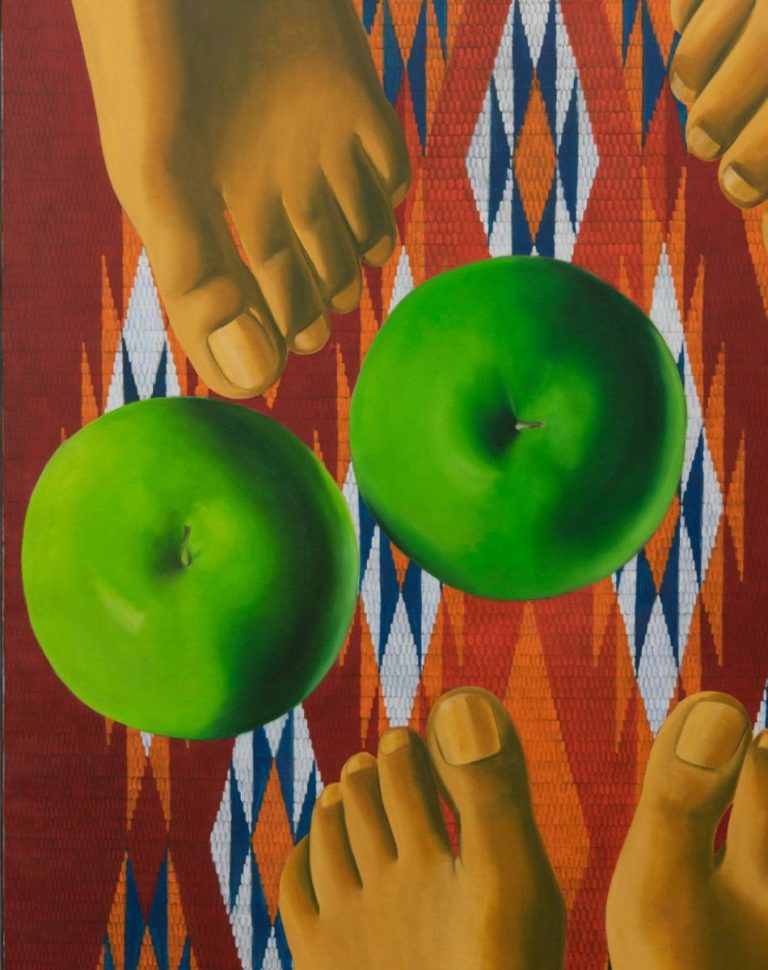
Luchita Hurtado: I Live I Die I will Be Reborn (Installation view, 23 May – 20 October 2019, Serpentine Galleries) © 2019 Luchita Hurtado Photo: Hugo Glendinning
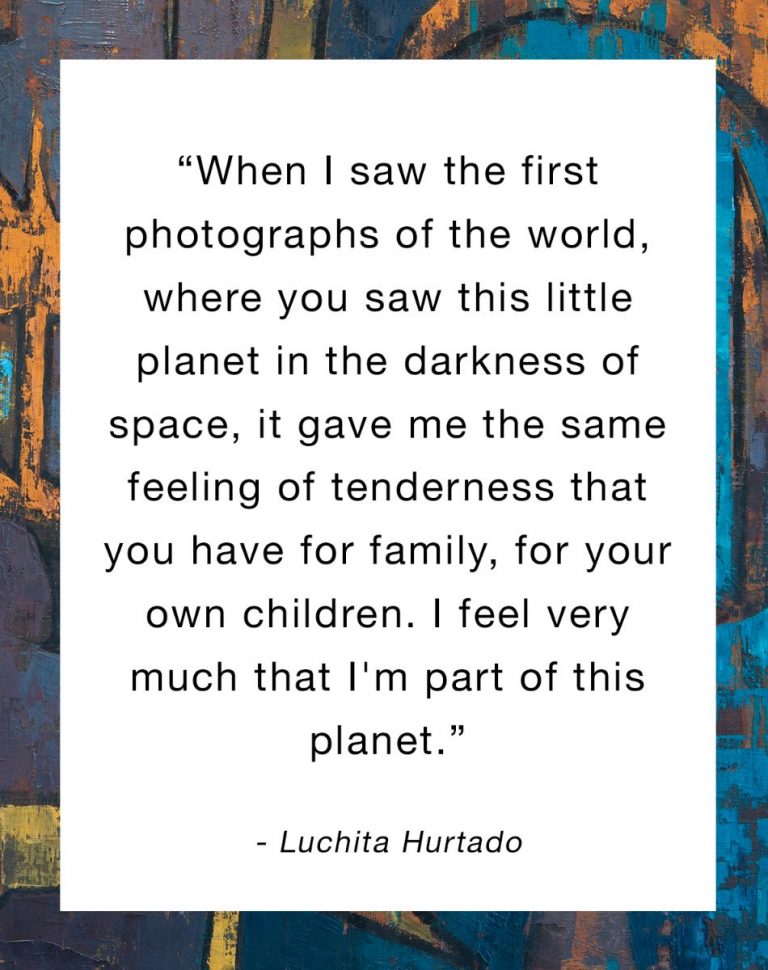
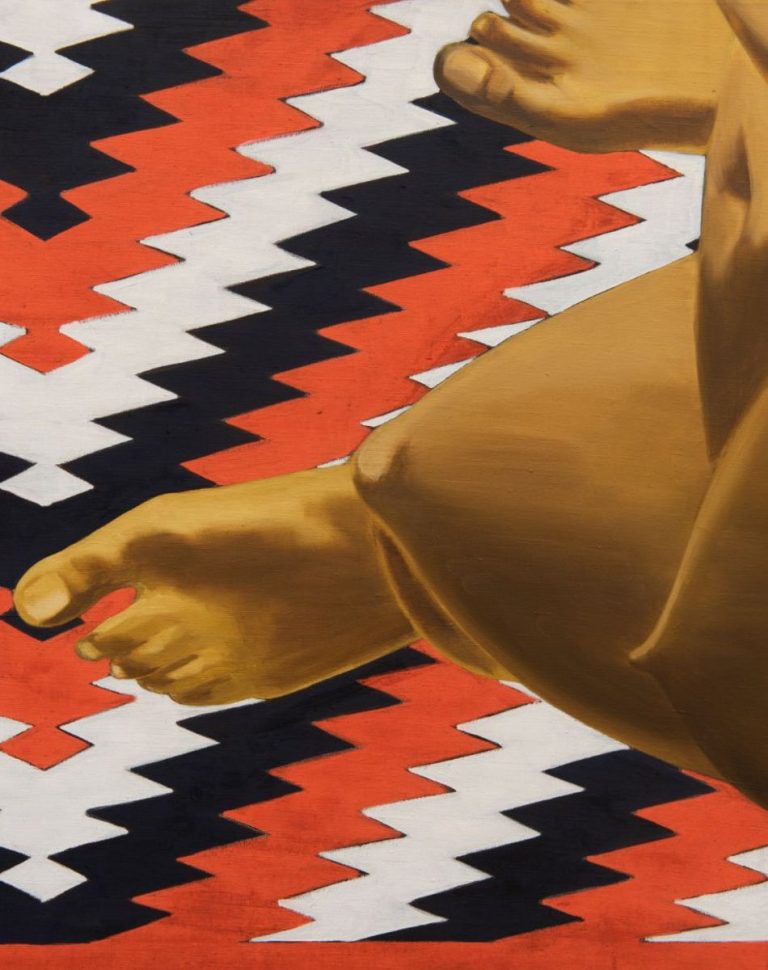
Luchita Hurtado: I Live I Die I will Be Reborn (Installation view, 23 May – 20 October 2019, Serpentine Galleries) © 2019 Luchita Hurtado Photo: Hugo Glendinning
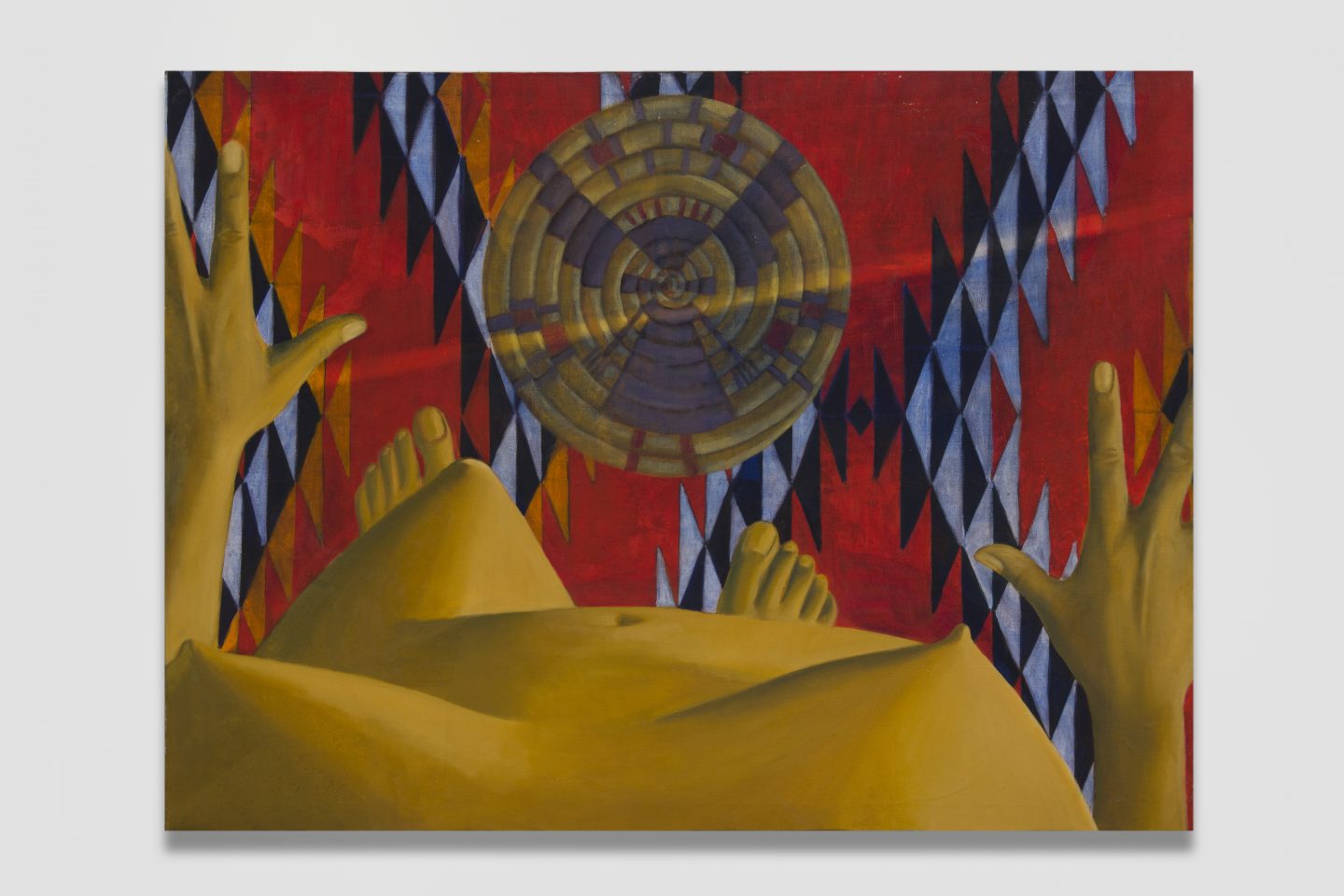
Luchita Hurtado, Untitled 1969, © Luchita Hurtado Hammer Museum, Los Angeles. Purchased through the Board of Overseers Acquisition Fund, Image courtesy the artist and Hauser & Wirth Photo: Jeff McLane
The title of Hurtado's exhibition derives from her passion for activism and ecology
Throughout her life, Hurtado has maintained a commitment to environmental activism, transposing the energy of her ecological awareness directly into her compositions. In these works, human forms have become woven into an ecological fabric: standing figures become trees in forests, and reproductive organs merge with flowers and fruits. This synthesis of body and nature is both an explicit mode of protest and an illustration of the ways in which all life-forms are connected. The same sentiment is embedded within the exhibition’s title: ‘I Live I Die I Will Be Reborn’.
“This is a landscape, this is the world, this is all you have, this is your home, this is where you live. You are what you feel, what you hear, what you know.” - Luchita Hurtado
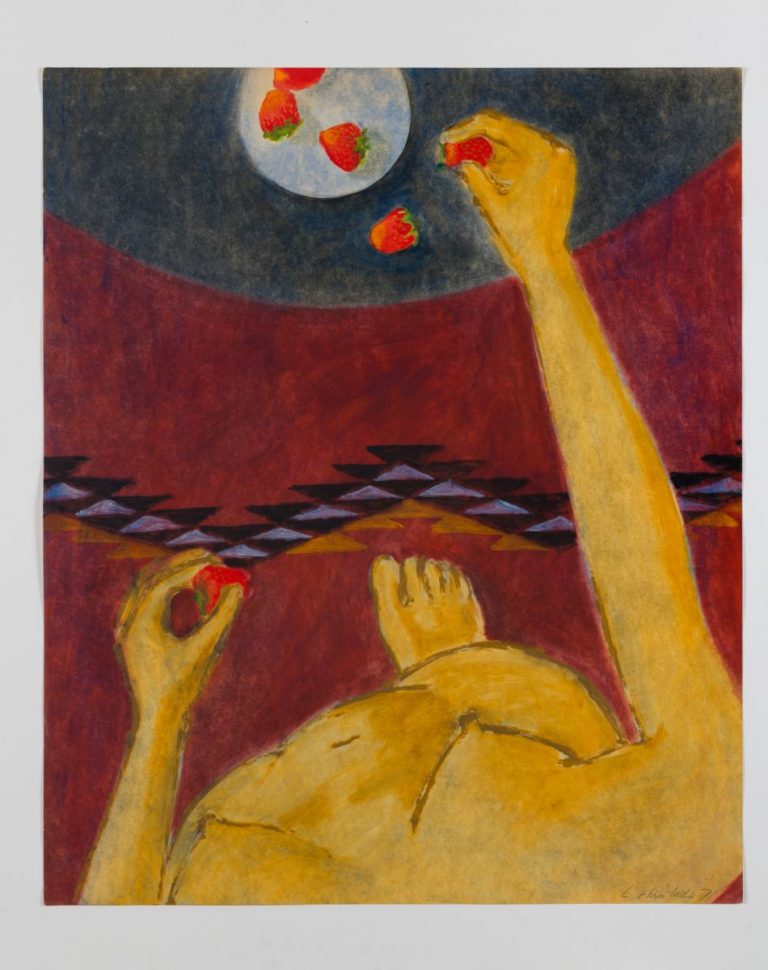
Luchita Hurtado, Untitled 1971, Hauser & Wirth Collection, Switzerland, © Luchita Hurtado, Image courtesy the artist and Hauser & Wirth, Photo: Jeff McLane
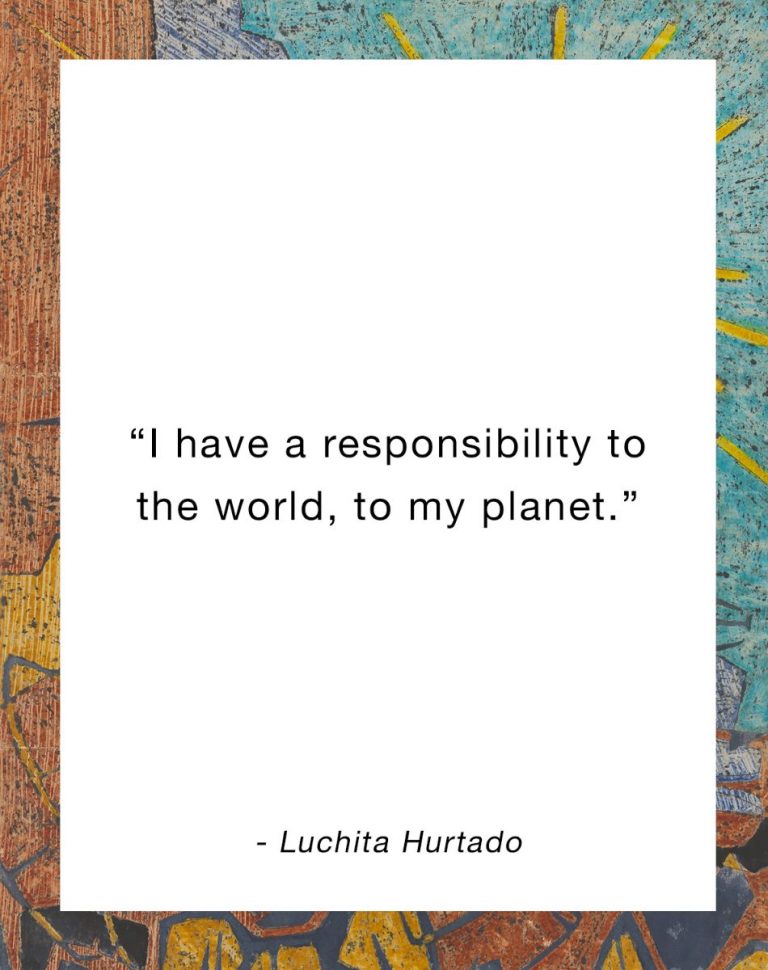
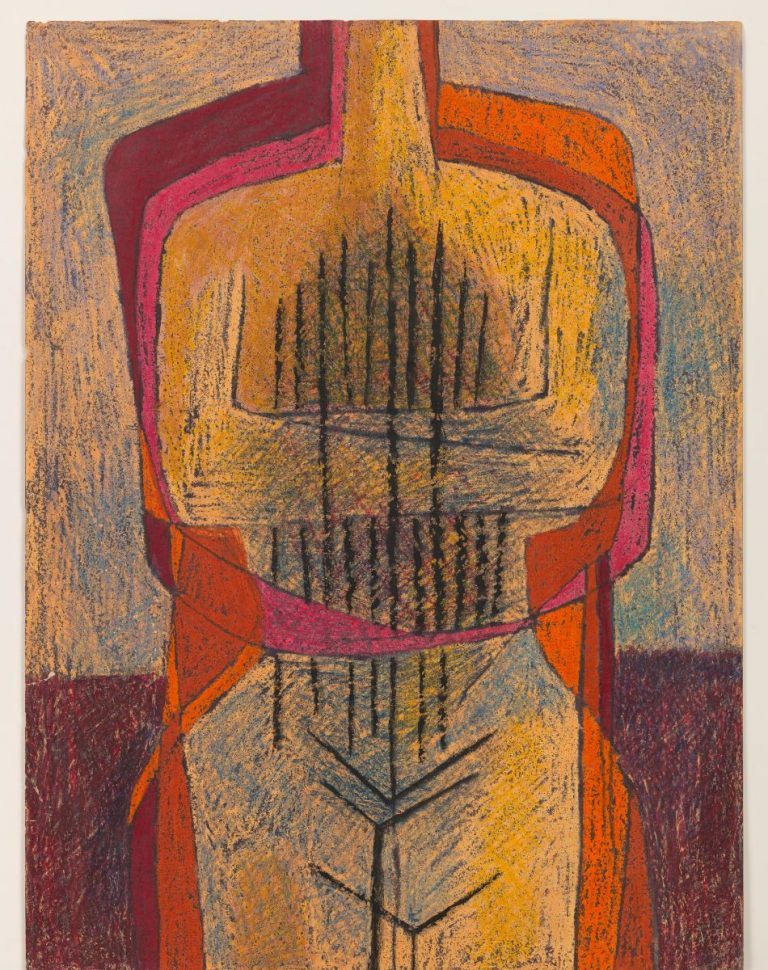
Luchita Hurtado, Untitled, c. 1951, Crayon and ink on paper, Unique, 61 x 45.9 cm
© Luchita Hurtado, Courtesy Los Angeles County Museum of Art, Gift of Janet Dreisen Rappaport and Herb Rappaport through the 2019 Collectors Committee, Photo: Genevieve Hanson
Encountering Hurtado’s lifetime of work for the first time is a stunning experience that will remain with you. There have been many accomplished and dedicated female artists who only received widespread recognition late in their lives – including the likes of Channa Horwitz, Ruth Asawa and Dorothea Tanning. Hurtado’s story demonstrates the cumulative power of such belatedness, as well as its occurrence as a typically female condition.
However, by being left alone to create work free of external feedback, save individual interactions, Hurtado was able to develop a diverse oeuvre that does not adhere to historical art trends or conventions. She has covered a lot of ground since the 1940s and experiments as she pleases, working for herself, unburdened, uninfluenced and unaided by commercial considerations.
Luchita Hurtado: I Live I Die I Will Be Reborn in on from now until October 20th at The Serpentine Sackler Gallery.
